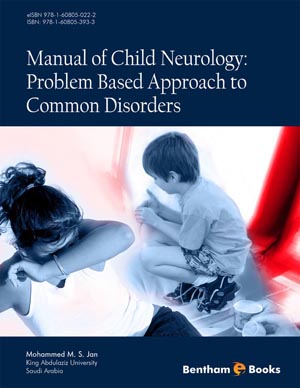Abstract
Cerebral palsy (CP) is a motor disorder resulting from a non-progressive (static) insult to the developing brain. In fact, CP is a clinical presentation of a wide variety of cerebral cortical or sub-cortical insults occurring during the first year of life. Preterm infants are at the highest risk for developing CP. The vulnerable brain is harmed during a critical period of development primarily by known CNS complications of prematurity such as intraventricular hemorrhage (IVH) and periventicular leukomalacia (PVL). Children with CP suffer from multiple problems and potential disabilities that require the provision of family centered services that make a difference in the lives of these children and their families. The aim of this chapter is to provide an updated overview of CP and review the most recent advances on clinical and therapeutic interventions.
Keywords: Cerebral, Palsy, Motor, Development, Assessment, Delay Evaluation, Gross, Fine, Language, Social, Adaptive, Weakness.






















